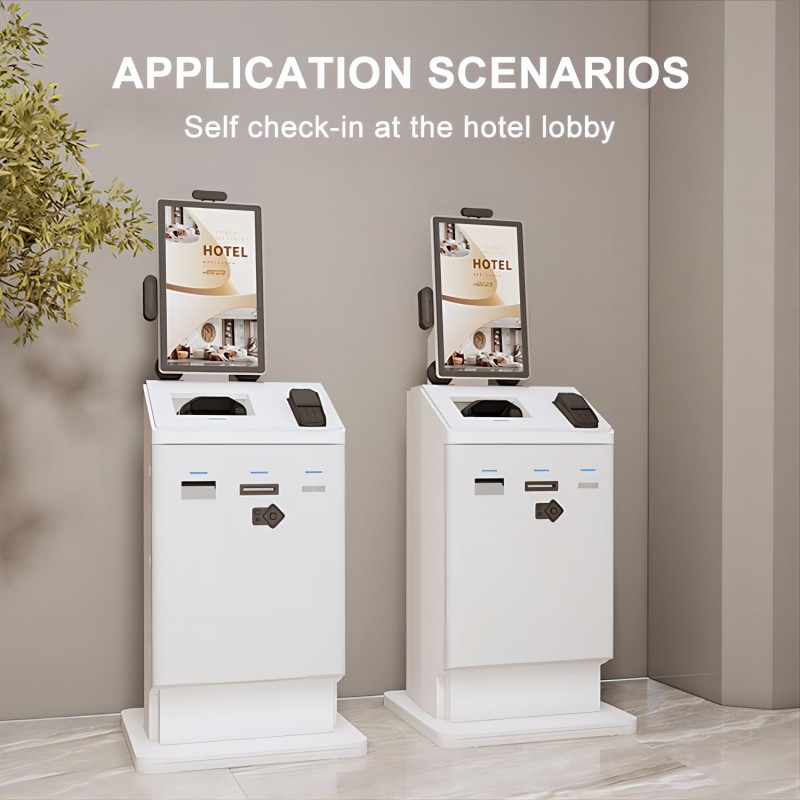Designing a self-service kiosk involves creating an automated system that allows users to perform various tasks or transactions independently, without the need for direct human interaction. These kiosks are used in diverse settings such as retail stores, airports, hotels, restaurants, healthcare facilities, and more. A self-service kiosk is a standalone terminal equipped with user-friendly interfaces and automated processes that enable users to access information, complete transactions, or perform tasks independently. These kiosks typically feature touchscreens, input devices (keyboards, scanners), payment terminals, and sometimes additional peripherals like printers or cameras.

Challenge: Optimizing the kiosk's functionality to efficiently handle various tasks or transactions.
Solution: Define clear objectives for the kiosk (e.g., information lookup, ticket purchase, check-in/out) and design workflows that minimize user input while maximizing task completion speed. Implement barcode scanners, NFC (Near Field Communication), or QR code readers for quick data entry or payment processing. Use backend integration to synchronize kiosk data with central systems in real-time.
Challenge: Selecting hardware components that are durable, ergonomic, and suitable for the kiosk's environment.
Solution: Choose robust materials and components (e.g., industrial-grade touchscreens, sturdy enclosures) that withstand frequent use and environmental conditions (e.g., temperature, humidity). Design ergonomic layouts that ensure comfortable interaction for users of varying heights and physical abilities. Add different hardware module to meet different function requirements, such as QR code scanner, receipt printer, card dispenser, passport scanner, A4 scanner and printer, Cash module, Coin module etc
Challenge: Designing for ease of maintenance.
Solution: Design slide tray for the components (e.g., modular parts) that simplify maintenance such as hardware upgrades or repairs.Provide user-friendly error messages and troubleshooting guides to assist users and support staff.
Challenge: Integrating the kiosk with existing IT infrastructure, databases, and operational systems.
Solution: provide communication protocol/ driver/SDK of main hardware for customers to develop application software by themselves locally. Ensure compatibility and seamless integration with backend systems (e.g., CRM, ERP).
Challenge: Designing kiosks that can adapt to evolving user needs and accommodate future growth.
Solution: Build scalable architectures that support incremental expansion (e.g., additional kiosks, enhanced functionalities). Design flexible software frameworks that allow for easy updates and customization without disrupting ongoing operations. Consider future-proofing the kiosk with upgradeable hardware and software capabilities.
Designing a self-service kiosk involves addressing complex challenges related to user interface design, functionality optimization, hardware selection, security, maintenance, integration, and scalability. By carefully considering these factors and implementing appropriate solutions, designers can create self-service kiosks that enhance user experience, improve operational efficiency, and provide a reliable service platform across various industries and applications.